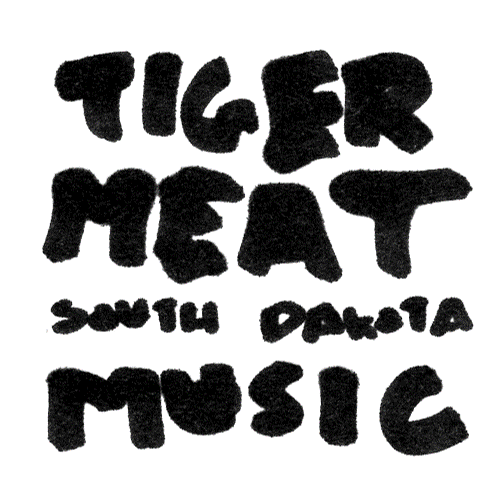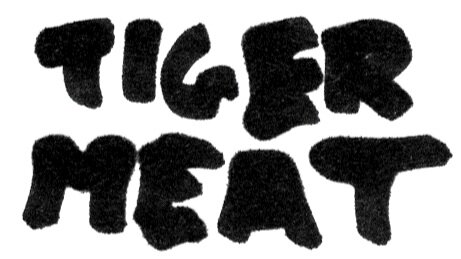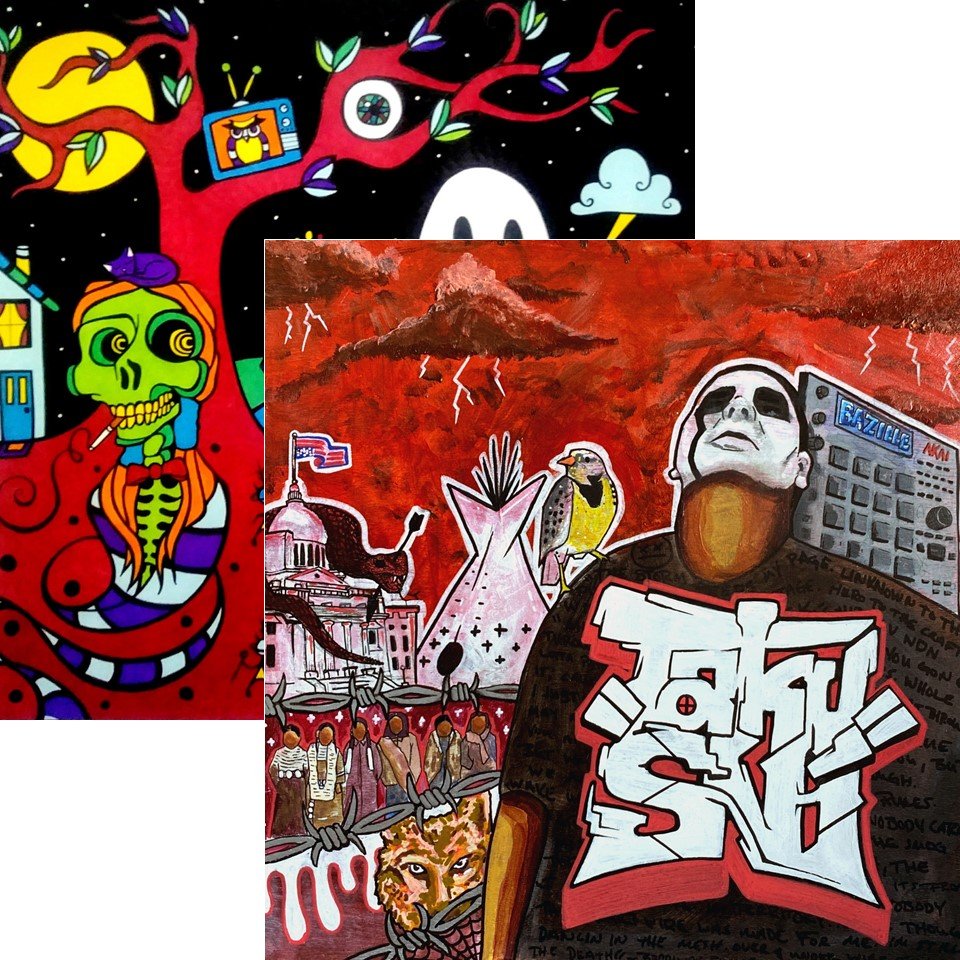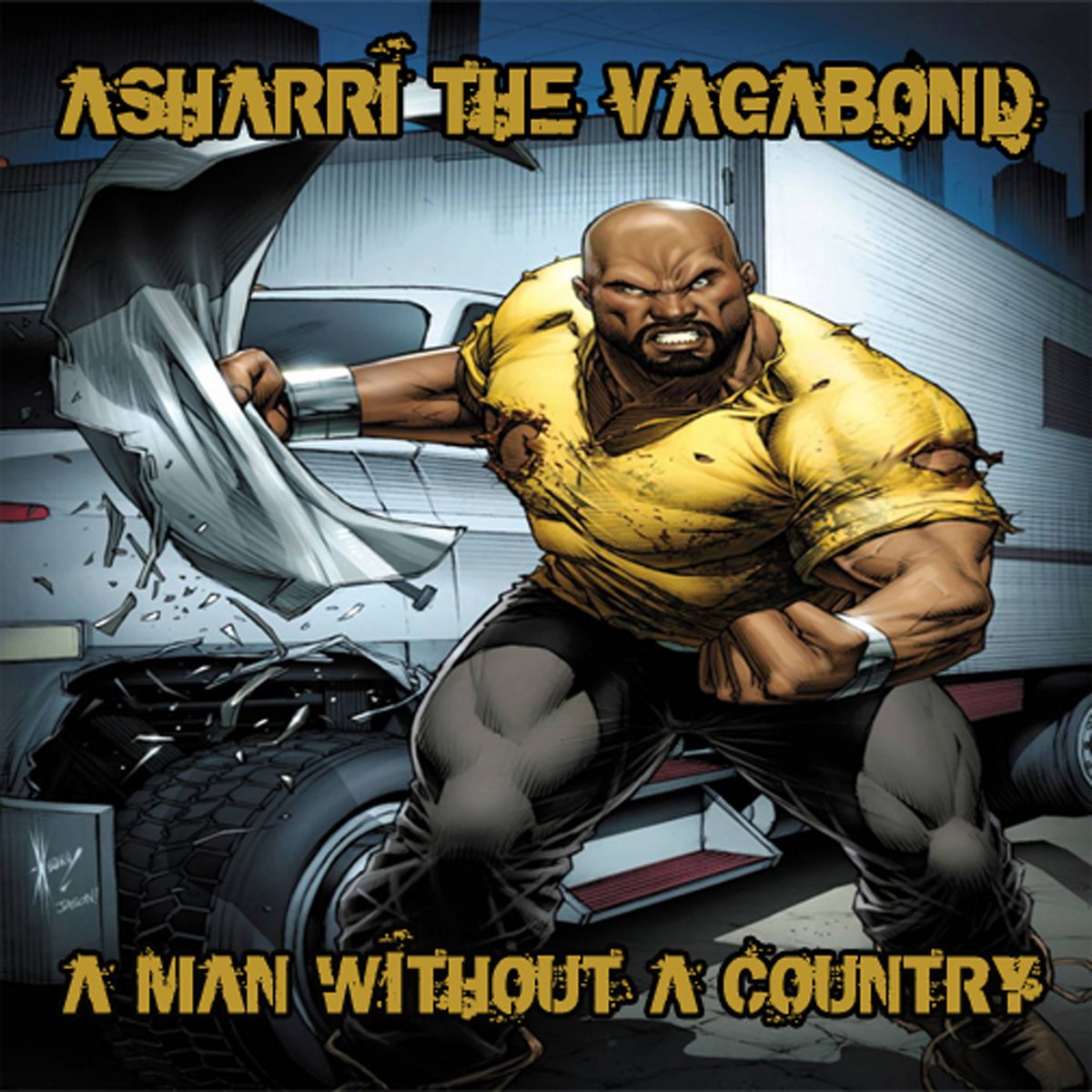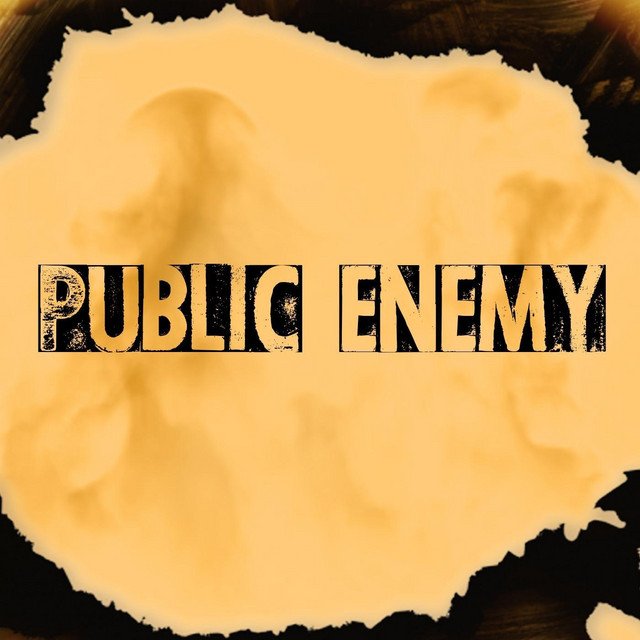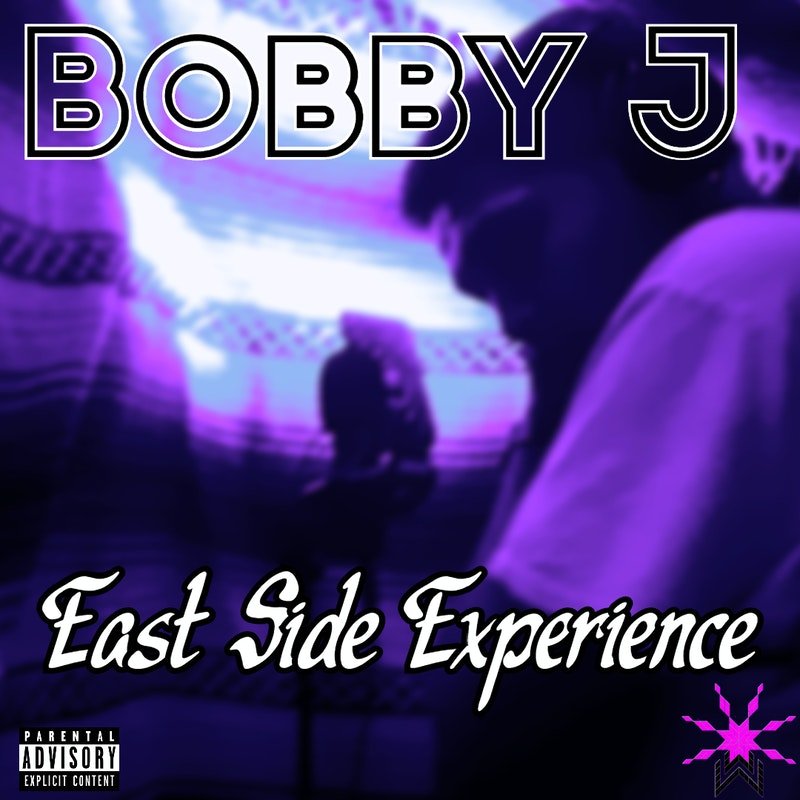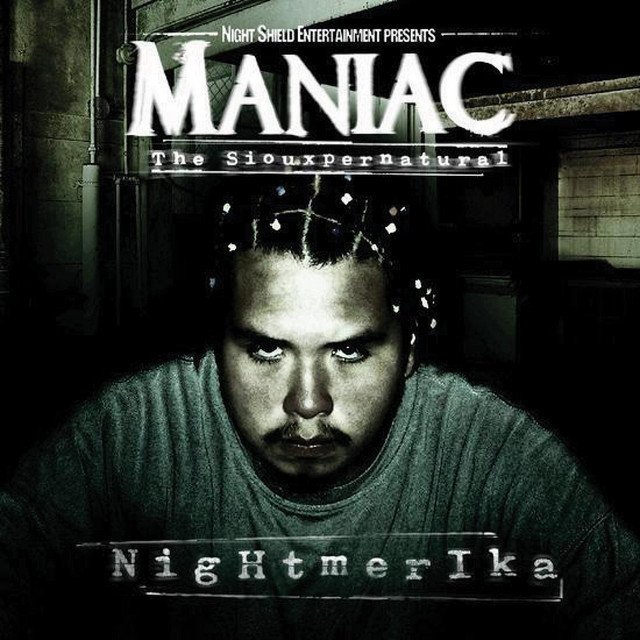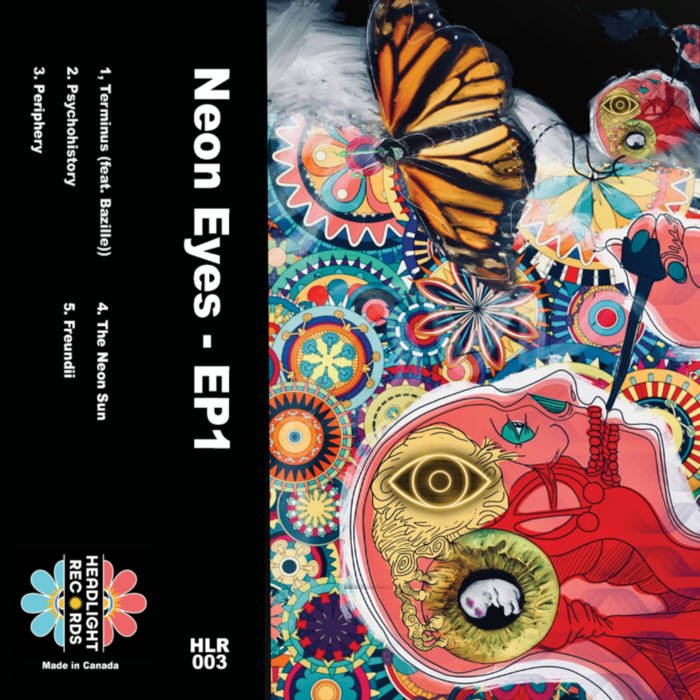Bazille
Ghost Plant (2021)
TAKU SNI (2022)
Hip-Hop
— track 8: “Taku Sni”
Talon Bazille Ducheneaux: I went to the University of Penn, Ivy League or whatever, but I’ve experienced the most kindness, the most wisdom, and the most mindfulness in places of struggle on the reservation. There’s more power here than anywhere else. It’s because of the fact that our history is not just history, it’s here, it’s all collected over so many generations, there’s all of this energy and power that’s collected, it’s just we need to know what to do with it, how to transmute it. I have to tell Native kids every day, “You realize, there is an author out there who wants to write your life and make Pulitzer Prize-winning money off of it, but here you are afraid to write a poem, or rap, or draw your picture, because you’re afraid of what people in this little community will say about it. Or this little state. Or this little country.”
Wonahun Was'te' [Studio] started, I guess the spiritual start would be summer of 2018. To be honest with you, I had given up. I was still making my own music, but I had given up on the idea of doing anything with it other than just putting it out. At the time I was living with my family in Bad Nation. It was nice because I could work through my anxiety and depression, but for the most part it was the same stuff every day: Just working outside with cattle, not really having any money at all to do anything. After I moved back from Philly, I missed almost every gig except one or two, and the reasons always were: No ride, no gas. And so I got asked by a tribal worker — I think he works in housing over at Crow Creek, Joe Shields — and he asked me, “What would it take to do a tribal music studio?” It was like, I had never thought of that before, even though that was the thing I always wanted to do, but didn't know how to go about it. And honestly, it wasn't supposed to be a long-term thing. It was just supposed to be like a week. The place, which was the tribal telecom in Crow Creek, I go in there and I just opened it up. The first session I did in November of 2018, I sat there for three hours, and nobody showed up. And people were like, "Damn, you must be disappointed. I guess this is a bust then." I said, "No. This is the rez. People are shy. Give it, like, three visits." Sure enough. By the third visit, I was full with three minimum at a time for the whole three hours and they ended up making you stay an extra half-hour, or hour. And then I got the fellowship with First Peoples Fund in 2019 — shout out to Frank Waln, because he told me about First People's Fund. I was like, "I can make an album with zero dollars given to me by anybody. I'm not a grant-funded rapper. I've done this forever with nothing. So let me just write down my budget for the year as: gas for getting back and forth because now I live in Pierre, money to print physical CDs of a compilation, a little bit better equipment than we had before.” And it just kind of kept going week after week. Through Covid, we managed to release a full LP album [East Side Experience] by Bobby J, a local there in Fort Thompson.
Coming from the Lakota way and Dakota way of life, we aren't really supposed to self-promote and be a figure. Wonahun Was'te' played a small part of helping me realize that, "Okay, I'm mixing and mastering a lot of people's albums for free.” I feel like now I'm giving myself that bank, just kind of filling myself with reasons to not be guilty. So when I start doing these things or investments in myself, I can feel less guilty.
//\\//\\//
[In 2016] I was just about to move into my first apartment in Philly. and, man, I learned what it was like to go from having IHS [Indian Health Service] support, to none. Before I had left, I was trying to get therapy and they had prescribed me three different medications. I had a month supply left when I got to Philly, and I go and I see how much it is to refill them and it's, like, two, three hundred bucks. I'm broke, I don't have a job, I'm sitting on the couch. So one weekend, I withdrew from all of it. I was out. Felt like food poisoning, just really bad food poisoning. And I was shaky, I was bedridden all weekend, it was just bad. But after that had subsided, I started thinking about plants and the medicinal uses they had and how powerful they were for our people. Not just mine, but all indigenous people. At the time I kept feeling like everybody I was around was so much brighter than I was. I was dealing with so much, you know, being around drugs that I wasn’t doing, being around people who were trafficking it, being around domestic violence, just really all of the typical poverty porn stuff. It was in my life, just totally full of it. In those years it was really affecting me, and so the only way I felt that I could combat the pain of that was through creating an album called Amethyst Flower. It's a nickname for a rainforest plant, they grow and bloom this bright, beautiful purple, but they do it predominantly in the shade. So the whole album was about blooming from darkness, and trying to come to terms with all of those negative aspects that I had to grow out of. So Amethyst Flower was created — that album still hasn't come out yet since 2016. I went from doing that to these other plant albums that represented different things: St. John's Wort, because I started taking that in lieu of the depressant medication I was taking. Artemisia because there was a lot of bitterness in my life at that point. Tulip came and that was my little ode to Tupac. Myosotis, which is the forget-me-nots, started to touch this idea of death, but more-so memories and what we leave behind. And then making way towards Ghost Plant, which, out of all of them, it's the most refined, because of the time I spent on it. My partner, Tani [Gordon], did the cover art for it. When that ghost plant grows, it's kind of drooping over and trying to touch the ground. I feel like that's us. We try to drop the seeds, and even if they land on linoleum or hardwood floor, hopefully it goes back into the garbage or into the earth soil or mycelium to regrow and to repurpose and to stay immortal.
A lot of people don't like [the opening track of Ghost Plant, "Funeral Food"] who are close to me, especially my partner. It's unfortunate, because that's probably the most misinterpreted song of the project. It’s like, this is playful, but really serious at the same time. What that came from is, I was having dinner at Al's Oasis with my mom and my cousin. We're sitting there, and they ordered a potato salad, both of them, and they really enjoyed it. And my cousin says to my mom, "Man, this is really good. It's not as good as Aunt Karen's though." "Yeah, I know, I really want her to make her potato salad for my funeral." "Yeah I know." "And then I want this one over here to do potatoes." They're talking about the food for their funeral, and not in a bad way, but just like, they're looking forward to that. And I was laughing. I was like, "Only us would talk about that. Everybody else is probably saying, ‘at my wedding,’ ‘at my graduation.’" We were like straight up: funeral. And I've heard this story many times of, "I want so-and-so to sing at my funeral." Meanwhile, the person's like, 32. It's like that, death is on everybody's mind constantly. So "Funeral Food" is a song that's saying: live like how Prince said, like it's 1999, like we're all dying tomorrow. Celebrate me and celebrate yourselves as though you are dead.
[“Fear and Loathing in S.D.”] was around when Cody Blackbird Band was doing a show called Freedom, We're On It. They asked me to take part, and I was so elated because I'm like, "Man, I've never been asked to do a pro-cannabis show, especially pertaining to my own state. I never thought that I would see the day of that.” So I was thinking about it, you know, "What's a ghost I really want to pay homage to that nobody's gonna expect?" And I already had Hunter S. [Thompson] in my mind. For me, [the song is] this drunken stupor that is South Dakota, and its lack of integrity when it comes to anything that resembles justice in my eyes. Because I have multiple people in my life and family who died behind bars, and not by another inmate. And even when Covid came about, one of the ones who died in the prison system in South Dakota from Covid was a female relative of mine. And I felt so bad for her mom because her mom already lost multiple children. To me, [“Fear and Loathing in S.D.” is] all of my frustrations, but not an angry way of saying it, almost like taunting. That was the only way I could win in this situation.
With "Haunted Dormitory," it's produced by Derelict, who is half-Black and half-Lakota, He goes by Derelict, Asharri the Vagabond, Halfbreed Productions, and Self-Taught Knowledge Productions. He's without a doubt — other than Maniac [the Siouxpernatual] — my favorite South Dakota hip-hop artist, bar none. [In the intro to “Haunted Dormitory”] you hear me saying, almost apathetically, "Oh, another school? Yeah, I'll share it, I'll share it." Meaning, you know, here's another [Indian Boarding School] that we're finding out about, and I have to share it online because everybody else is, even though we've been saying that this has been going on for years. So just feeling that frustration, and then also the fact of it's hard to revisit that stuff. I was starting a job and my boss was driving three of us in the car, and she was listening to basically a book full of horror stories from Canton [South Dakota], the Native insane asylum there. And I really got angry with her. I didn't tell her, but I was furious because I didn't expect to be hearing that. There I am for two, three hours hearing about little Dakota girls being cuffed up to pipe heaters all through the night. It just sits with you. And other things of, when I went to Philly we're doing a haunted tour of Philadelphia, they take us to different graveyards, different places where there’s said to be apparitions. And for the most part, it's goofy, it's silly, it's interesting and cool, and the guide is very theatrical, and holds a lantern. But then we get to this gravesite, there's a crypt right there in the hustle and bustle of tourism. There's a sign there that explains, "Long ago, there were two Lakota representatives who came down to negotiate with the white people over in Philadelphia, one of America's first cities. And while they were here, they got sick from the diseases that they weren't able to fight, and they died here. And their two graves are right here." The sign was not commemorating it, but more-so like a tourist attraction. And that messed me up because, you know, are their spirits still here? Are these people keeping them here by doing this sort of thing? Did they ever get to go home? Why are their graves here? Do our people know about this? A lot of questions. But I'm there not just for a haunted tour, it's part of my class, so I have to sit there through the rest of it. It’s stuff like that. That’s the attitude of ["Haunted Dormitory"], not fed up, because I could never be fed up with anybody talking about that sort of thing, because it's needed. But the emotional exhaustion of it, especially as an artist. A Native artist, we always got to talk about this stuff, and it's good, but it's draining in a lot of different ways.
//\\//\\//
I always think of Fools Crow and his teaching of trying to become a hollow bone, where things just flow through you because you make yourself nothing, so that way you can take on anything. You can help the people without worrying about yourself. Back home, the prayerful people who come into ceremony who are trying to be that hollow bone, one of the things they'll say is "ikce miyelo" to creator, meaning, "I'm just a common person. I'm equal." And they'll go as far as to say, "taku sni miyelo," which means, "I am nobody. I'm nothing. I'm trying to become this nothing, so that way all of my actions are for the purpose of the others around me."
I'm definitely excited to talk about Taku Sni, more excited than talking about anything else. I feel like Taku Sni is the one I've been trying to make for so long. It's from a lot of different things. One, I heard an interview when I was in college, it was with Tupac, I have never heard him say this with any other interviewer, he was saying he was feeling frustrated because the media was depicting him as thug. And he said, "Okay, maybe for this album then, All Eyez On Me will be me 100% playing into that as if it's all true. I am the gangster. I am the thug. I am the outlaw." And that blew my mind because there's a drastic difference between All Eyez On Me and Me Against the World. The attitude, and the values, and everything. It's all twisted on its head. And that's the big controversial topic: "Is Tupac still a positive, motivational figure, considering the direction that All Eyes On Me takes?" And now that I've heard that interview, I think about it every day, and I'm like, "Absolutely." Because he took the risk to make an album with that intention, for the purpose of making this grander statement that nobody might even understand or get. So with that in mind, I had always been wanting to make an album that was like Taxi Driver but with a Native lens. When I watch Taxi Driver, I'm like, "Man," and my girlfriend laughs too, because this really is like, you know, the wet dream of a male. This fantasy, you're in this crummy world, and man, you hate everything, but you're gonna be the one to fix it. And it also came from watching Clear Cut for the first time starring Graham Greene. I watched that just this year, and I said, “This is what I was saying: Taxi Driver with a Native lens.” Because it's this badass character who's doing all this cool shit that's visceral and sometimes violent, very edgy, but real and surreal. So flipping it in a way, Taku Sni [as a persona on the album] is kind of like the anti-hero of indigeneity. He represents the mindset of working with the Earth, but he's amongst all of these wrongs in the world today, by not just the oppressor, but by our own in response to it. So all of the songs then are kind of talking about being nobody, coming from nothing, seeing things as nothing, nobody can tell me otherwise. But at the same time, I come from nowhere and I'm proud of that. I'm stronger because I'm nobody. I'm treated like nobody, so why not be the nobody and make that a hero?
That was the other liberating thing, [all of the beats were made by other people.] The way I made myself feel okay with doing that was I said, "If anybody asks, the album's called ‘Nobody.’ ‘Nothing.’ You know, what did you produce? Nothing." But also, those are beats that, as hard as I try, I couldn't make those. I felt like I really did need those specific sounds to put across what I wanted. That helped me to focus in more on the writing aspect of everything, and really play with my words, and have fun again, as opposed to focusing in on, you know, when the beat drop comes in, and how the snare sounds and everything. I just got to focus on just storytelling for once. I rarely get to just focus on rapping anymore. I'm wearing so many different hats now, and it's great and I love it, but it's always good just to do what I originally started, what I've always just wanted to do.
I can do Taku Sni 2, 3, 4, 5, and depict different aspects of life as I go along. I'm working on the second one already, because this one was really liberating. I feel like people get the wrong idea about who I am and how I live, and miss the fact that at the end of the day, I am a rapper, I'm not a motivational speaker. I'm not making this music to just put a good message out there and profit off of that. I finally found a way to really be free.
(more of*) BAZILLE’S ESSENTIAL SOUTH DAKOTA ALBUMS
*See also Bazille’s feature in Tiger Meat #1
Asharri the Vagabond — A Man Without A Country (2021)
Witko334 — Public Enemy (2020)
Bobby J — East Side Experience (2020)
Maniac the Siouxpernatural — Nightmerika (2005)
Neon Eyes — EP1 (2021)
SOURCES
Ducheneaux, Talon Bazille. Interview. By Jon Bakken. 11 January 2022.
Walsh, Lori. “Moment in Sound: Talon Bazille's ‘Traveling the Multiverse with Iktomi.’” SDPB, 6 Nov. 2020, https://listen.sdpb.org/post/moment-sound-talon-bazilles-traveling-multiverse-iktomi.
